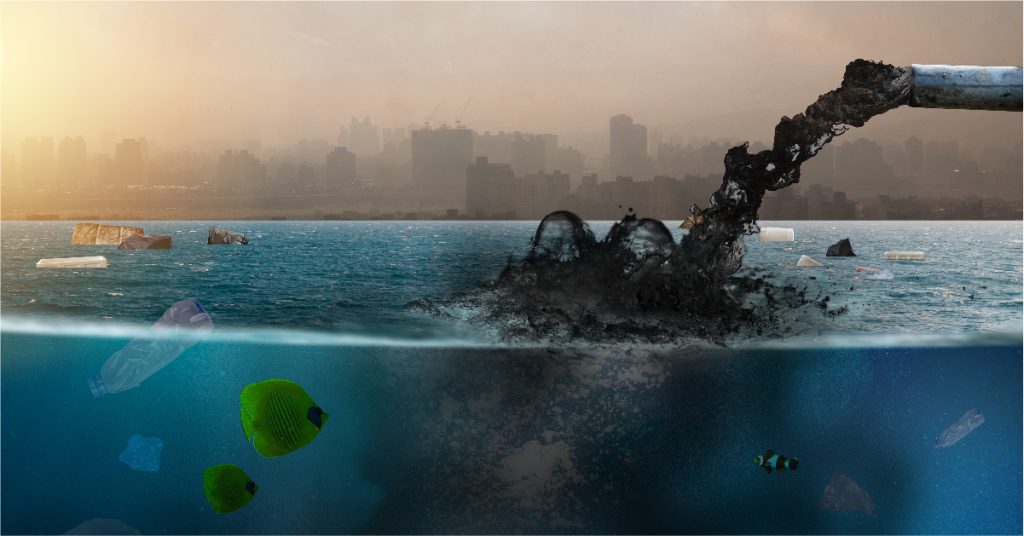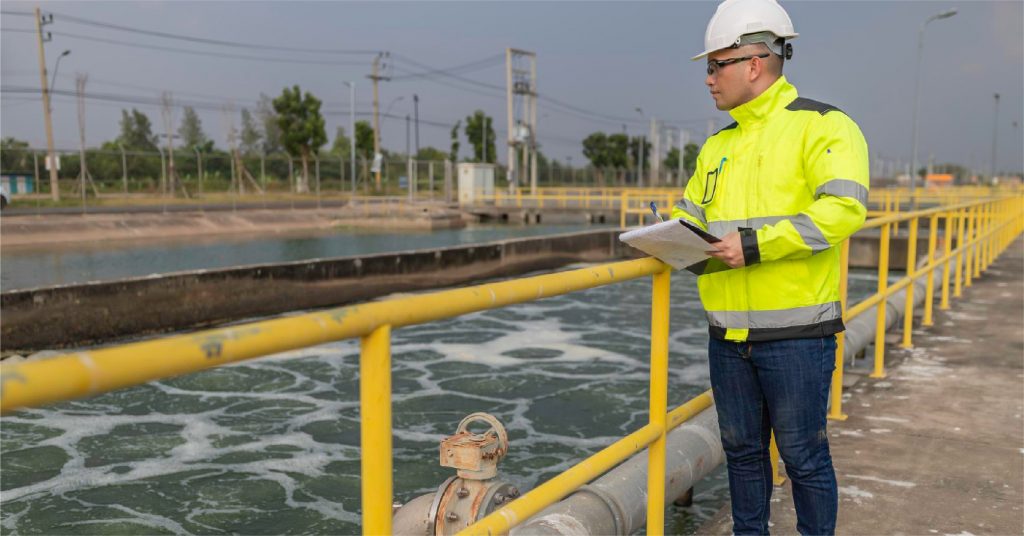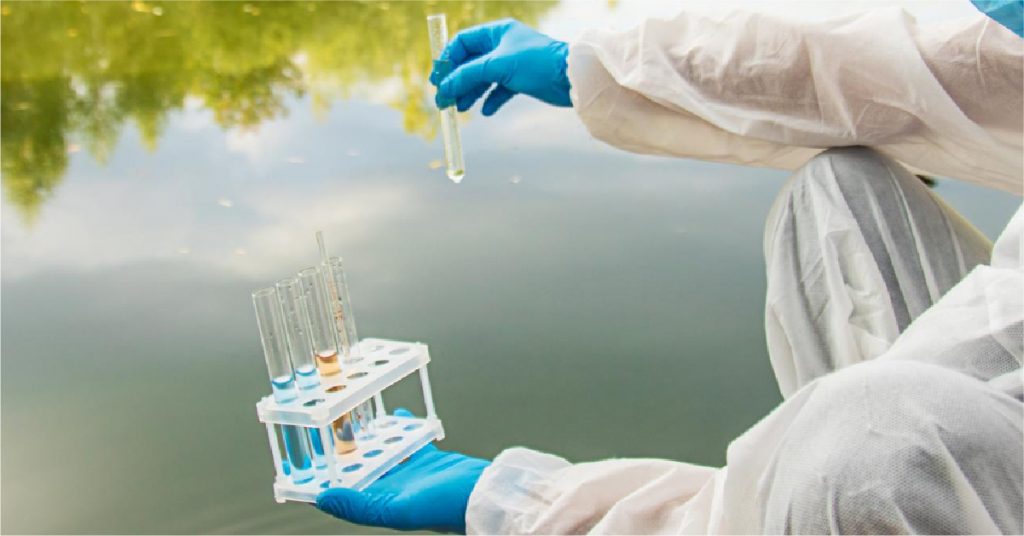Water is a vital resource that sustains life, supports ecosystems, and drives economic growth. However, in recent decades, Sri Lanka has faced a growing challenge: water pollution. Contaminated rivers, lakes, and groundwater sources are affecting both urban and rural populations, raising urgent questions around environmental sustainability and public health. Understanding what are the effects of water pollution is crucial in shaping policy and fostering awareness.
This blog explores the effects of water pollution on human health and nature, outlines the harmful effects of water pollution, and highlights why urgent action is needed to protect Sri Lanka’s water resources.
What Are the Effects of Water Pollution?
Water pollution occurs when harmful substances—like chemicals, waste, or microorganisms—contaminate freshwater bodies. In Sri Lanka, the sources of pollution vary, ranging from agricultural runoff and industrial discharge to untreated sewage and improper solid waste disposal. As these pollutants accumulate in water bodies, they disrupt the natural balance and pose significant threats to both people and ecosystems.
So, what are the effects of water pollution that the country is grappling with today?
8 Effects of Water Pollution in Sri Lanka
Below are the 8 effects of water pollution that are visibly impacting Sri Lanka’s public health and environment:
- Rise in Waterborne Diseases
One of the most serious effects of water pollution on human health is the spread of waterborne diseases. Contaminated drinking water leads to infections like cholera, typhoid, hepatitis A, and diarrhea, especially in children and vulnerable populations in rural areas. - Heavy Metal Contamination
In areas near industrial zones, pollutants like lead, arsenic, and mercury find their way into groundwater and rivers. Long-term consumption of such water is linked to cancer, kidney failure, and neurological disorders.
- Chronic Kidney Disease (CKDu)
Sri Lanka’s North Central Province has seen a mysterious rise in chronic kidney disease of unknown origin, believed to be connected to groundwater pollution from agrochemicals and heavy metals.
- Decline in Agricultural Productivity
Polluted water used for irrigation affects soil quality and crop yield. High salinity, the presence of nitrates, and chemical residues degrade the fertility of farmland, affecting food security.
- Disruption of Aquatic Ecosystems
Among the major effects of water pollution on the environment is the destruction of aquatic life. Excess nutrients from fertilizers trigger algal blooms, which reduce oxygen levels in water and kill fish and other aquatic organisms.
- Contamination of Fisheries and Food Chains
Pollutants like mercury and microplastics accumulate in fish, which then enter the human food chain. This bioaccumulation can cause long-term health issues in communities dependent on fish as a staple food source.
- Groundwater Depletion and Pollution
In many regions of Sri Lanka, people rely on wells for drinking water. When these sources become contaminated with sewage, nitrates, or chemicals, it leads to a scarcity of safe drinking water and forces communities to rely on expensive alternatives.
- Loss of Biodiversity and Natural Habitats
Polluted wetlands, lagoons, and rivers can no longer support diverse species of flora and fauna. This leads to a decline in biodiversity, especially in sensitive ecosystems like mangroves and estuaries.
These 8 effects of water pollution make it clear that the issue is not only about dirty water—it’s a public health emergency and an environmental crisis.
The Harmful Effects of Water Pollution on Human Health
Sri Lanka’s health sector is already stretched, and the burden of disease caused by water pollution further strains healthcare systems. Among the harmful effects of water pollution, the most common are:
- Gastrointestinal infections from contaminated water
- Skin and eye irritation due to contact with polluted lakes and canals
- Reproductive and developmental problems caused by endocrine-disrupting chemicals
- Long-term organ damage from exposure to toxic heavy metals
The link between poor water quality and public health is well-documented, and addressing the effects of water pollution on human health requires a multi-pronged approach that includes safe sanitation, industrial regulation, and community education.
Effects of Water Pollution on the Environment
Nature also pays a heavy price when water is polluted. The effects of water pollution on the environment include:
- Soil erosion and infertility from contaminated runoff
- Destruction of coral reefs and marine habitats due to chemical discharge
- Displacement of native species and increased risk of invasive species
- Loss of ecosystem services like flood control, water purification, and carbon sequestration
Water bodies are not just sources of water; they support a wide array of plant and animal life. When these ecosystems are damaged, it disrupts the delicate balance of nature and affects livelihoods such as fishing and tourism.
Ion Exchange’s Vital Role in Combating Water Pollution
Ion Exchange, a leader in water treatment solutions, has been instrumental in combating water pollution globally. By providing advanced water treatment technologies and systems, Ion Exchange helps to improve water quality and reduce the prevalence of diseases caused by water pollution. Their solutions include innovative water purification systems that remove contaminants from drinking water, making it safe for consumption.
INDION Lampak, developed by Ion Exchange, is a compact, modular unit designed to meet the drinking water needs of communities and industrial applications. It integrates a pump, static mixer, flocculator, lamella clarifier, gravity sand filter, and chemical dosing systems to produce disinfected water with less than 5 mg/l TSS from feed water containing up to 500 mg/l TSS. INDION Lampak is easy to operate, requires minimal maintenance, and can be powered by a diesel generator or renewable energy, making it ideal for areas without electricity. Its lightweight, corrosion-resistant materials and space-efficient design ensure easy transport, operation, and maintenance.
It effectively removes dissolved iron from feed water, which is commonly present as ferrous bicarbonate in groundwater. This advanced filter uses a catalytic oxidation process, eliminating the need for chemicals and ensuring that the treated water contains less than 0.3 ppm of iron. Designed for convenience, the NGIRF features a corrosion-resistant construction with a Fiber Reinforced Plastic (FRP) pressure vessel and PVC pipes. It is pre-assembled, tested, and equipped with user-friendly valves, making it a reliable and easy-to-operate solution for treating water with high iron content.
INDION Water Potability Test Kit
The INDION Water Potability Test Kit is a comprehensive tool designed to measure the eight crucial chemical parameters of drinking water as specified by the Bureau of Indian Standards. This user-friendly kit provides accurate and quick results for pH, total hardness, alkalinity, chloride, fluoride, chlorine, iron, and nitrate. Ideal for use by semiskilled individuals, it offers an affordable solution for ensuring safe drinking water.
Decentralized sewage treatment solutions, like the INDION, Packaged Sewage Treatment Plants, are designed as compact, single-tank units that generate low sludge volumes and require minimal electricity, making them highly cost-effective. These systems are available in capacities ranging from 10 to 100 m³/d, and for larger needs, advanced options using Fluidized Media Reactor (FMR), Moving Bed Biofilm Reactor (MBBR), and Membrane Bio-Reactor (MBR) processes are offered to handle higher flow rates efficiently.
Conclusion
The effects of water pollution in Sri Lanka are severe, far-reaching, and escalating. From deteriorating public health to collapsing ecosystems, the warning signs are clear. Understanding what are the effects of water pollution empowers us to act, innovate, and intervene before irreversible damage occurs.
Whether it’s reducing plastic waste, supporting eco-friendly farming, or treating industrial discharge responsibly, every step counts. It’s time to move from awareness to action.





